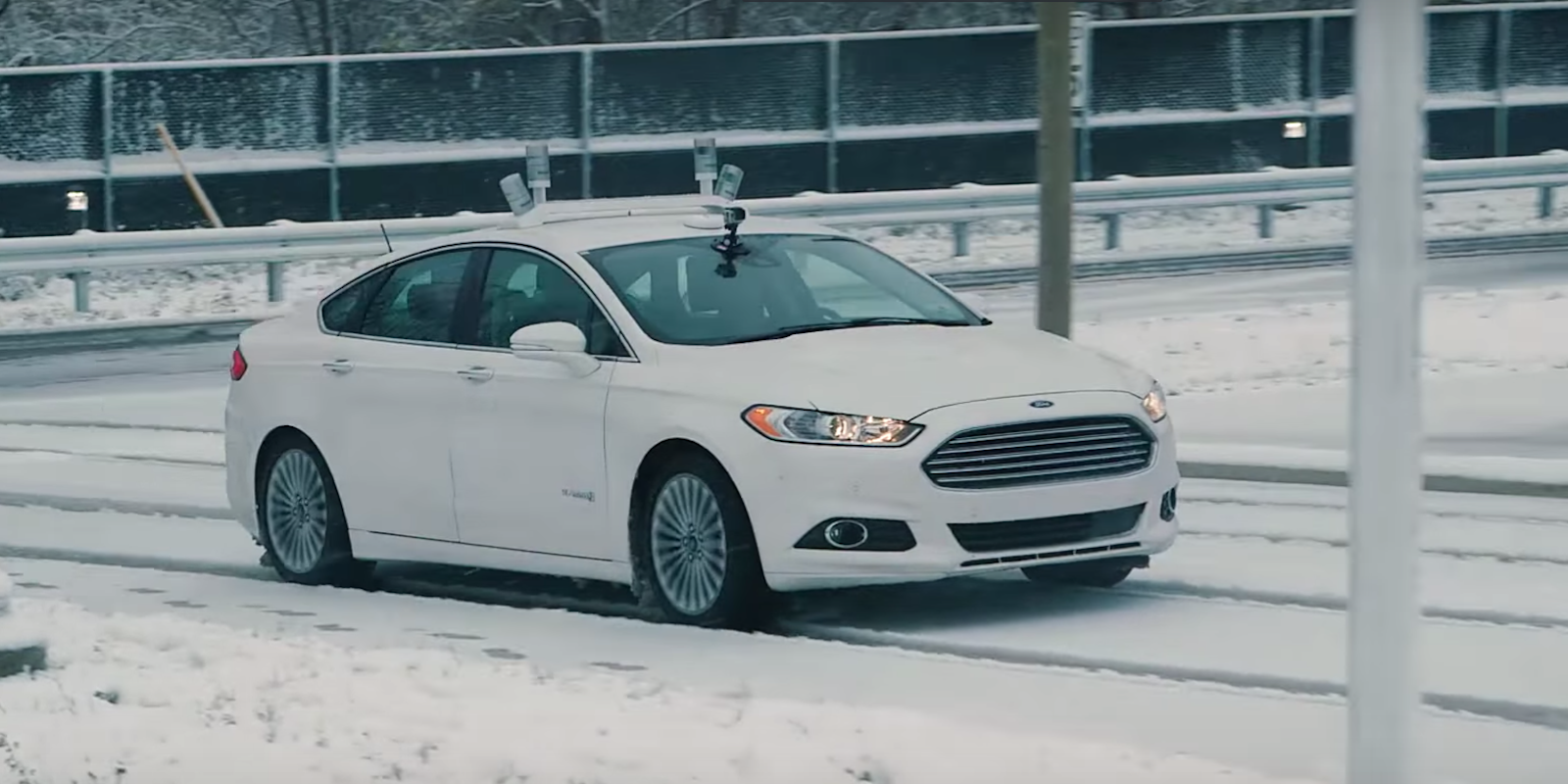Ford announced a partnership that will see its future self-driving cars operate on Lyft’s growing ride-hailing network.
The two companies will work together to try and become the first to offer fully autonomous on-demand vehicle services. Ford and Lyft will focus their efforts on software design, customer experience, and user interface.
Ford is just the latest auto giant to team up with Lyft, which continues to expand its network of self-driving car manufacturers. The company has been an open door for automakers to test their autonomous technologies, having already signed partnerships with Jaguar, nuTonomy, Drive.ai, Waymo, and General Motors. It appears Lyft’s vision is to let customers call up a self-driving car from its app and use a range of providers to fill customer requests.
“We’re focused on partnering with the auto industry because frankly, we think we can’t do this alone and need each other to be successful,” said Raj Kapoor, Lyft’s chief strategy officer. “It’s one thing to do tests with one or two cars. It’s a whole different world doing this on a large scale.”
Many experts believe self-driving cars will operate with ride-hailing services to fundamentally change the infrastructure of personal transportation. Instead of families—especially those living in cities—owning vehicles, they will instead use on-demand services like Lyft and Uber to hail a self-driving car when needed.
For Ford, the partnership could help launch its own autonomous vehicle service, similar to GM’s Cruise Everywhere. In a Medium post on Tuesday, the company outlined several questions it hopes to answer with Lyft’s help, including which cities it should first pursue self-driving ride-hailing services, how to combine its platform with other company’s ride-hailing platforms, and what infrastructure is necessary for maintaining a fleet of self-driving cars.
The automaker will first offer its human-operated vehicles to Lyft to test if its “platform interface” is compatible with the Lyft app. It will also start testing self-driving vehicles.
“We also will connect our self-driving test vehicles to Lyft’s network,” wrote Sherif Marakby, Ford’s vice president of autonomous vehicles and electrification. “We don’t, however, plan to put customers in them until we are certain our technology delivers a positive, reassuring experience where we can gain meaningful feedback.”
Ford did not provide a timeline for when it expects to add pink mustaches—Lyft’s signature look—to its cars. In 2016, the company said it expects self-driving cars will hit mass production by 2021.
H/T New York Times


